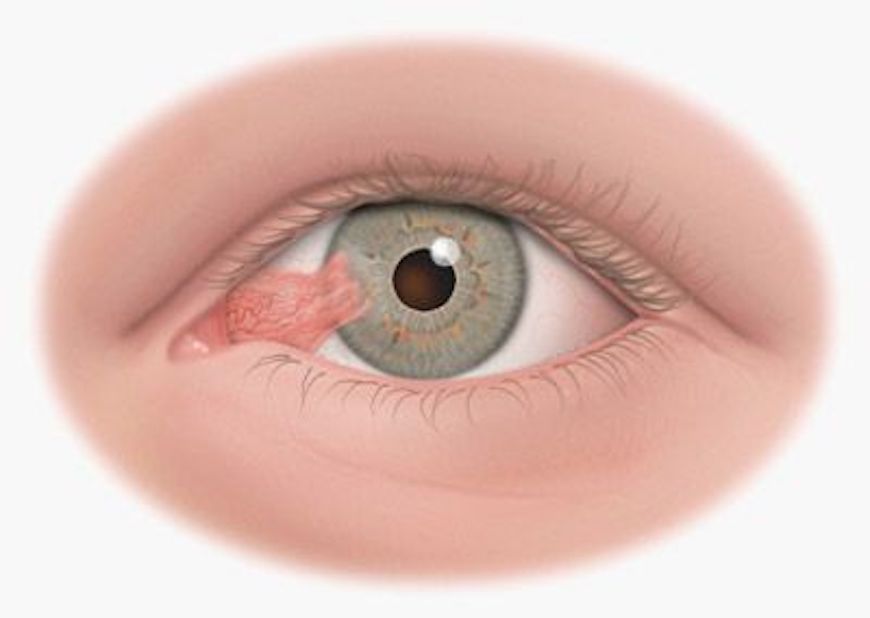Chalazion
It requires surgical therapy with local anesthesia. The cut is made vertically on the inside of the eyelid, parallel to the Meibomian glands, and the content is taken out together with the pseudo-capsule surrounding it. This disease tends to occur again.
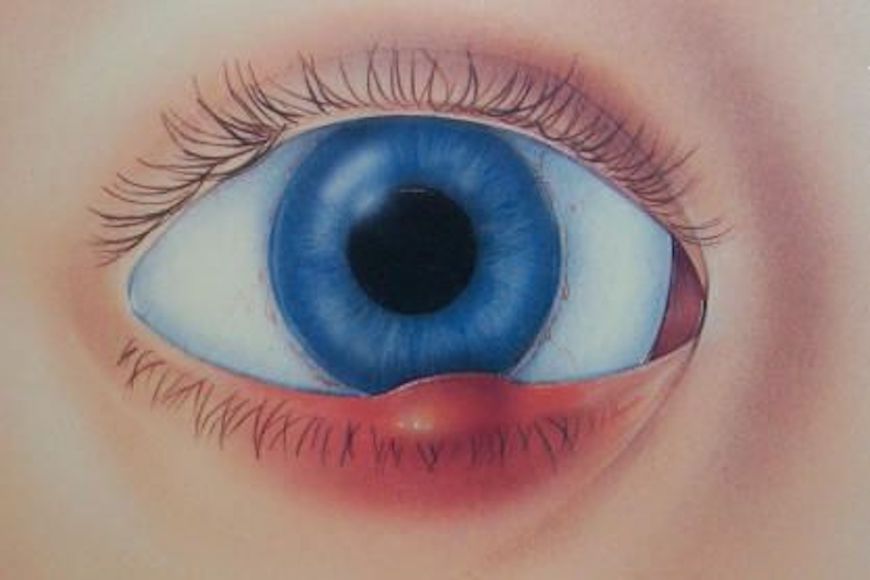
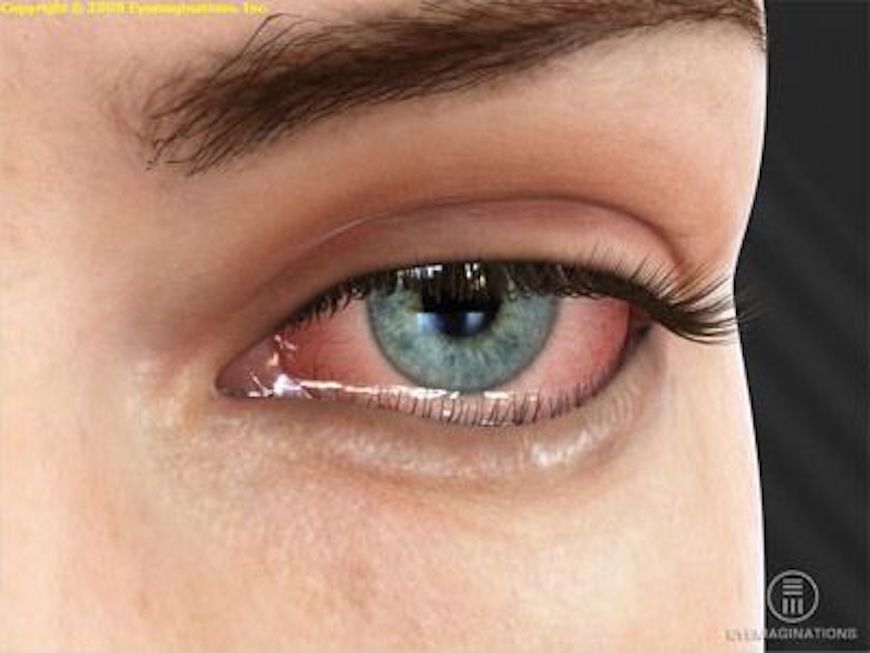
Entropium
Entropium is the twisting of the eyelid edge towards the eyeball so the eyelashes touch cornea and conjunctiva. It feels like a presence of a foreign body in the eye, itching, more tears, and possible complication-ulkus cornea. It can develop with blepharospasm and other eye diseases, or it can develop in case of scar changes on the eyelids and conjunctiva.
Therapy includes surgical treatment as well treatment of the eye disease that caused entropion.
Ectropium
Ectropium is the twisting of the eyelid edge to the outside. Conjunctiva is facing outward and it is exposed to outside factors, it is red and thicker. There can be twisting of the lower tear spot, which is followed with higher tearing. It can be caused by eye diseases on the eyelids, paresis, and paralysis of N. Facialis. It can disappear in older people due to reduce elasticity of the muscle and other tissues in the eyelid. It is not rare that it is caused by a scar as well after injuries, burns.
Therapy includes surgical treatment as well treatment of the eye disease that caused ectropia.
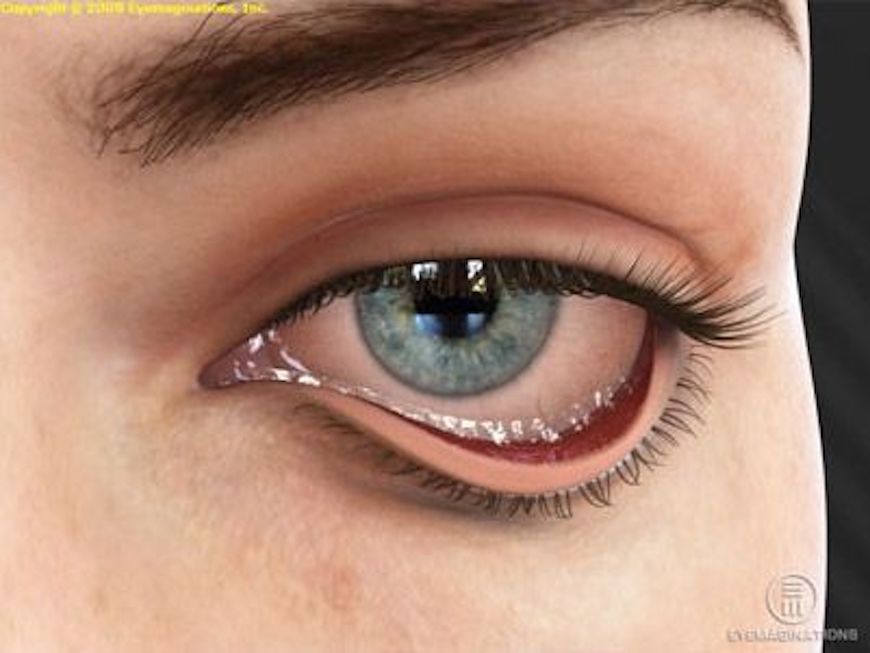
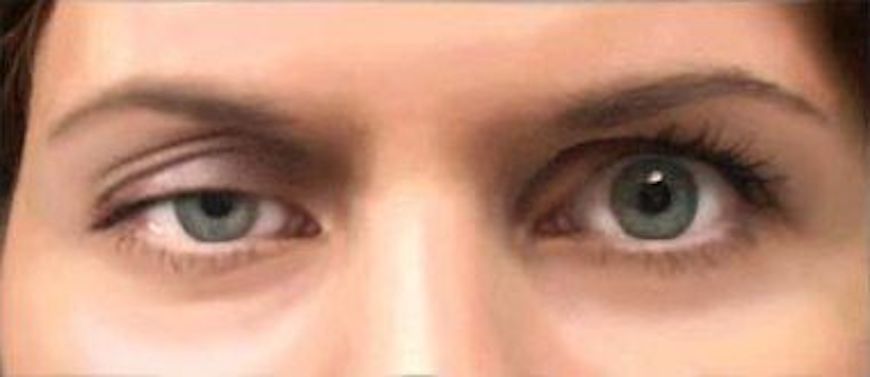
Ptosis (Ptosis palpebrae superior)
Ptosis (Ptosis palpebrae superior) is the lowering of the upper eyelid. Active lifting of the eyelid is more or less weakened so the opening between upper and lower eyelid is narrower. The edge of the upper eyelid partially covers part of the pupil. Ptosis can be inbred or acquired.
Therapy is surgical.
Xanthelasma
Xanthelasma can develop on the eyelids as a yellow color elevation, in different sizes, with tendency for relapsing. It is more common in women, after the age of 40. The examination of the lipid status is recommended.
This esthetic problem is solved surgically.

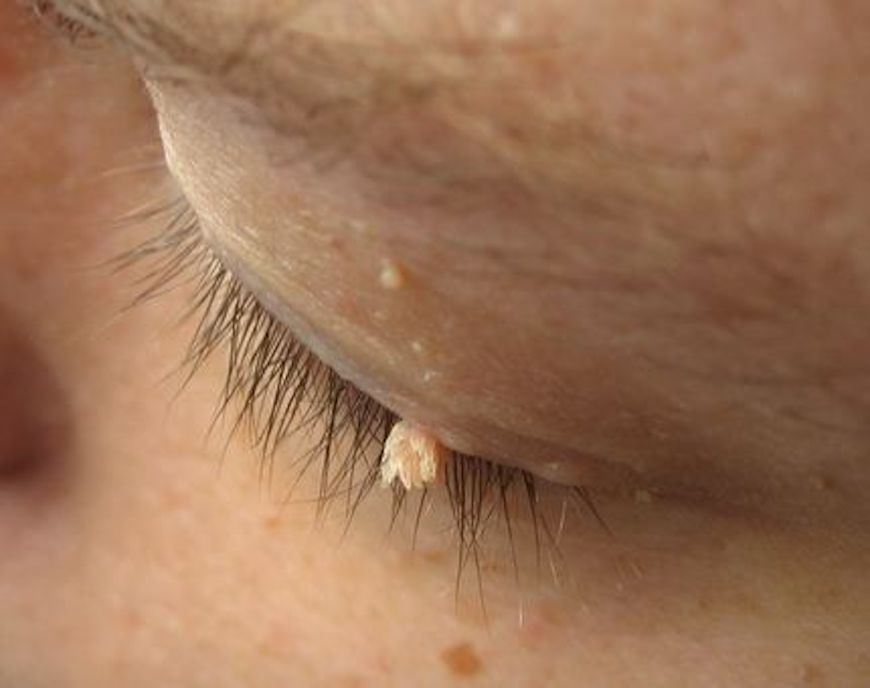
Eyelid tumors (Tumor palpebra)
Eyelid tumors (Tumor palpebra) are most common tumors in ophthalmology. They can come from all eyelid structures: skin epithelia and its adnexa (sweat gland, sebaceous gland, and hair follicles), pigment systems, fat, muscle, or neural tissue, blood vessels…
Treatment is surgical with local anesthesia. Histopathological verification of the removed tissue is necessary.
Pterygium
Pterygium is an abnormal triangular mass of thickened conjunctiva extending over the cornea. It got its name because it reminds of the pterygoid insect’s wings. Typical localization is nasal and it is in the shape of the triangle although there can be other localizations as well (caused by diseases and injuries of the cornea – pseudo-pterygium). It can be inactive for years, not covering the cornea itself; however, if it grows and covers or reaches the cornea it can endanger vision clarity. This disease occurs more often in people who live in warmer places, people exposed to wind, sun, dust, and smoke.
Therapy: Pterygium that does not progress requires medical monitoring, while progressive pterygium is treated surgically under local anesthesia. Post-surgical relapses are common.
